Kirby and the Forgotten Land (Switch) Review
Another Timeless Entry in Nintendo’s Cutest Franchise
Hitting the Nintendo Switch roughly a year ago, Kirby and the Forgotten Land shifted the traditional perspective to create a new look and feel for the long-running series of platformer titles. Using this isometric view, a new land stretched out before Kirby to create a realm of exciting possibilities. This series shakeup was ultimately utilized exceptionally well in the game’s overall design, resulting in an approachable game for all ages with enough challenge by the end for even hardcore fans that will hopefully lead to more titles like it.
I really enjoy taking the time to look at games that have been available for a while; discovering games is one of my favorite past times. In some instances, this results in an objectively different and often better experience, especially for some of the more ambitious AAA games. Thankfully, our site is designed to cover games throughout all of gaming and our readers seem to appreciate coverage beyond the initial launch window of titles. Those of us in games media are often looking towards the future and interacting with things that are new; I myself succumb to this pattern often enough for me to notice. Such is the nature of writing about games online in this era.
Around its launch, I heard a lot of praise for Kirby and the Forgotten Land from Kirby fans and media colleagues. The game was even listed on our 2022 Games of Excellence list by Reese who really loved it. I’ve always seen Kirby as a franchise of happy, mechanically simple, yet engaging games. This is a consistently good franchise but I felt like I really shouldn’t miss playing this one since it was a departure from the norm.
There are several games in the series that I would consider near-perfect and I even asked for Kirby’s Dream Land as my first Game Boy game as a child, probably due to my fascination with the film “Little Nemo: Adventures in Slumberland” which has similar themes and dream-inspired visual motifs. What often brings me to Kirby games though are the low-impact adventures, the variety of power-ups, and the subtly expressive mechanics that allow one to master the game either through in-game challenges or self-induced ones like speedruns.
With the change in perspective and my love for the Nintendo Switch, I knew I would find the time for Kirby and the Forgotten Land eventually and I am really glad that I finally played it as it is a platform-defining title.
Years from now, when people discuss the games that mark the personality of the Nintendo Switch, Kirby and the Forgotten Land deserves to be mentioned right alongside system staples such as The Legend of Zelda: Breath of the Wild, Metroid Dread, and Super Mario Odyssey. Forgotten Land has everything one would want out of a core Nintendo game and it helps push the franchise forward in a unique way.
Forgotten Land is a linear adventure played from an isometric view that sees Kirby warped into a new land that is being beseeched by the wild Beast Pack who have captured the hundreds of Waddle Dee’s that were also yanked into this area. In order to calm the chaos, Kirby teams up with Elfilin, an adorable flying critter with mysterious abilities that provide no gameplay advantage but is a character that serves as an expressive tour guide to this world. Together the two nurture a new community called Waddle Dee town that serves as a hub and allows Kirby to engage with mini-games, collectibles, and more.
Strangely, the locales visited by Kirby are much like our own world but seemingly during a distant future that saw the extinction of humanity, leaving only the Beast Pack and other creatures behind. Kirby explores overgrown malls and bone-filled deserts while still hitting the main themes often seen in Kirby games such as a playful beach. Oddly enough, many of the locales are similar to the areas in NieR: Automata, which also features overgrown cities, vast deserts, and a carnival. Even the ending of Kirby and the Forgotten Land feels like something out of NieR. The environmental design pairs extremely well with the cutesy shapes of the characters and monsters, creating a fun juxtaposition that feels whimsical, familiar, and mysterious. This compels players to keep moving forward just to see what’s next, a feeling that’s aided by the impressive boss encounters and incredible soundtrack.
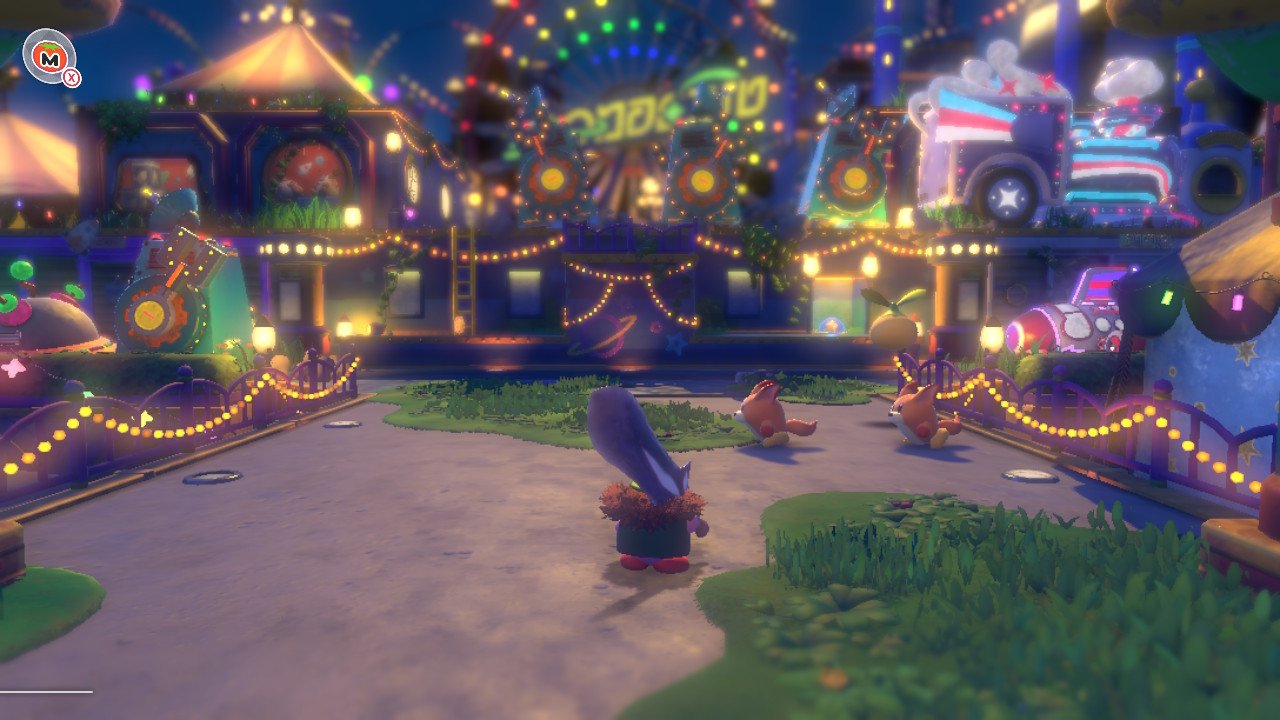
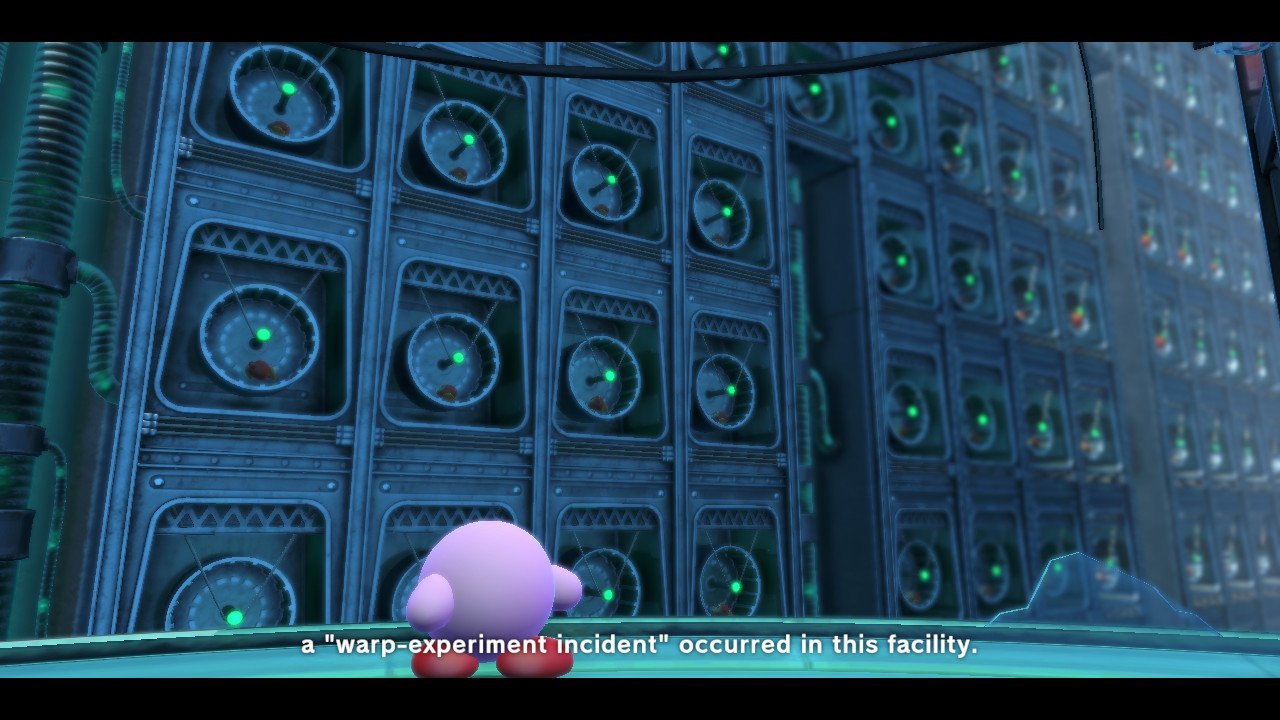

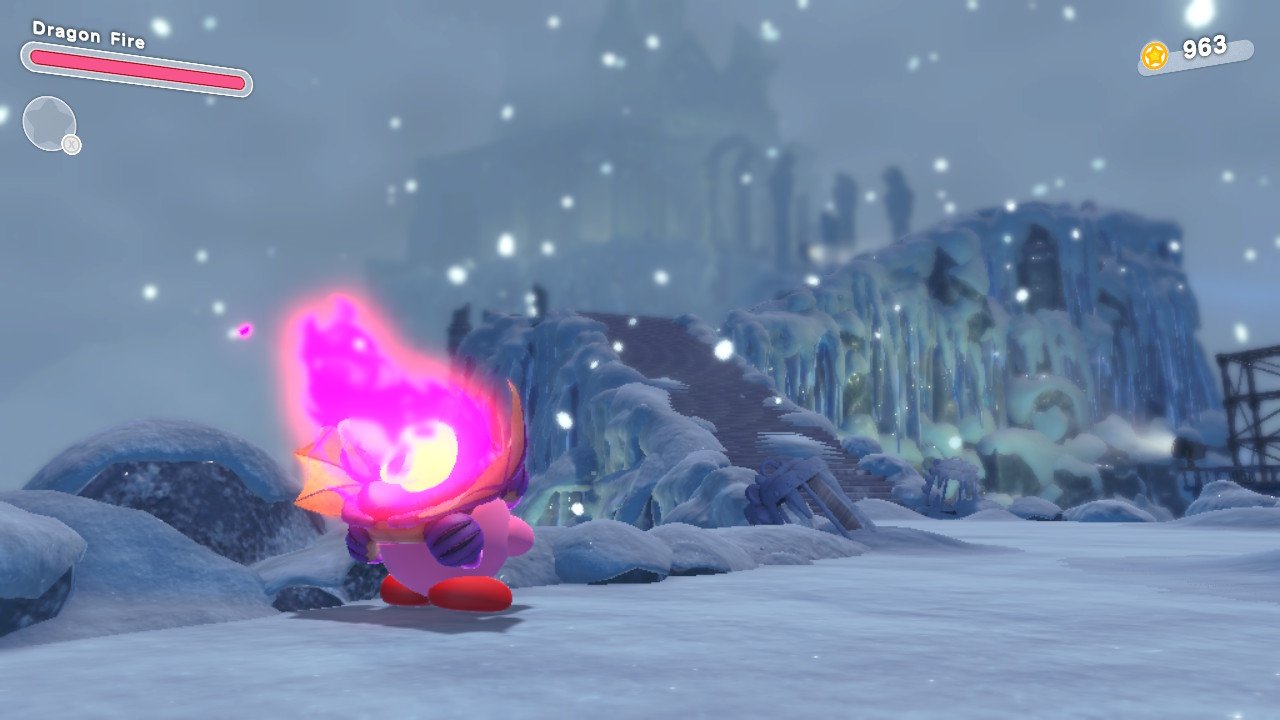

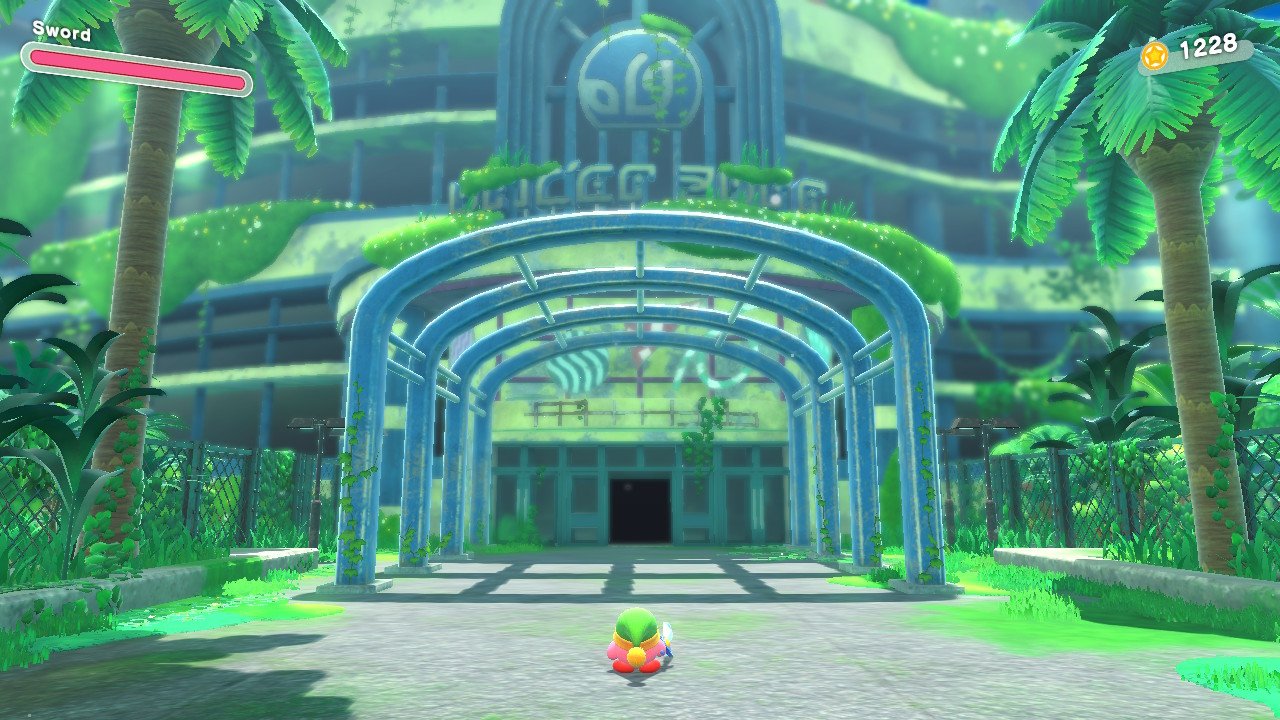
The music is the biggest accomplishment of Forgotten Land in my opinion. I utilized a pair of SteelSeries headphones and was enraptured in the game because of how the soundtrack is structured. The recurring melodies are beautiful and the arrangements are complex, enabling repeated listening and the discovery of little flourishes across a vast array of instruments. A truly remarkable achievement, this soundtrack might go down as one of the best in video games period. Composers Yuuta Ogasawara, Hirokazu Ando, Jun Ishikawa, Yuki Shimooka, and everyone involved with the music production deserve immense praise. There’s a level of fun here combined with just the perfect moods and tones to really sell and uplift the gameplay.
Mechanically, Kirby and the Forgotten Land keeps the series’ iconic platforming and accessible action. Kirby can still inhale and exhale objects or enemies to blast stars at foes or swallow enemies to copy their abilities. The various copy abilities are extremely fun and they are upgradeable for even more utility. I really enjoyed gathering items through copy-ability-themed challenges and then turning them in for the blacksmith to improve their power. Some of these abilities are especially satisfying for those who have enjoyed the series up to this point.
Kirby can also defend and tumble out of harm’s way in Forgotten Land. Timing a tumble during an enemy’s attack also slows down time which can be crucial for surviving the game’s optional, tougher battles. Mastering this system adds a new layer to combat, furthering one’s ability to grow their skills. Most of the core game can be finished without this mechanic but the extra complexity it adds is extremely fun to learn.
A new mechanic introduced in Forgotten Land is Mouthful Mode where Kirby stretches over objects such as a traffic cone, vending machine, or car. These temporary power-ups are hilarious and fun to use, resulting in another way to tackle the well-crafted levels. Every time I ran into a new power, I would grin and laugh due to the playful absurdity of Kirby’s skillset. There’s a lot of joy in Kirby and the Forgotten Land and the fun can be shared through co-op!
Really, there are only a few criticisms I have with Kirby and the Forgotten Land. Most glaringly, the reused mid-bosses just get to be repetitive. By the end of the game and the subsequent post-game content that remixes stages and bosses, I was just bored with the mid-boss roster. This does allow one to master a foe’s movements, ultimately preparing one for the harder fights, but I would have liked to see variants of these mid-bosses or more variety. The game is also deliberately paced and I wish I could skip the end scenes between levels; it felt like a lot of time was wasted waiting for the game to allow me to keep playing at the end of each level.
That aside, everything about the gameplay and presentation of Kirby and the Forgotten Land is delightful. This is absolutely a must-play for Nintendo fans and doubly so for Kirby fans. The characters and expressions are ridiculously cute and I couldn’t help but smile through the entire journey. At the very least, I highly encourage everyone to listen to the game’s soundtrack; the music is brilliant.
It’s surprising that even as an adult Kirby still brings me happiness. There’s something special about games that offer so much joy to the world and I really hope that Kirby as a character continues to do so for many, many years. If there is a follow-up to Forgotten Land, I hope that this isometric style is further explored. Either way, traditional Kirby fans have Kirby’s Return to Dream Land Deluxe to enjoy and there are lots of Kirby titles playable on the Switch.
For anyone who hasn’t played a Kirby game, Kirby and the Forgotten Land is an amazing entry point and it has the potential to be a gateway to a franchise full of happy little adventures.
SCORES
GAMEPLAY - 9/10
VISUALS - 9/10
SOUND - 10/10
CONTROLS - 9/10
REPLAY VALUE - 8.5/10
OVERALL - 9.1/10
Learn more about Kirby and the Forgotten Land on the official Nintendo Store listing. A physical copy was purchased by the reviewer. Screenshots were captured using native features of the Switch.


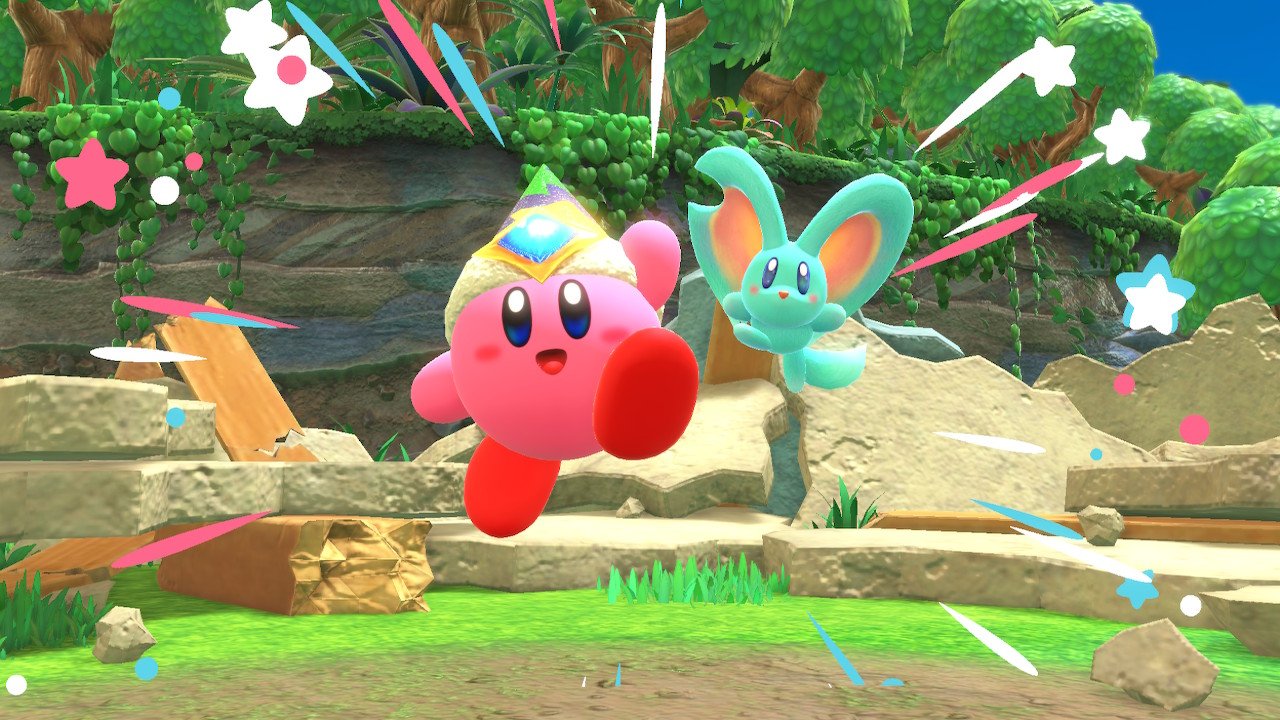
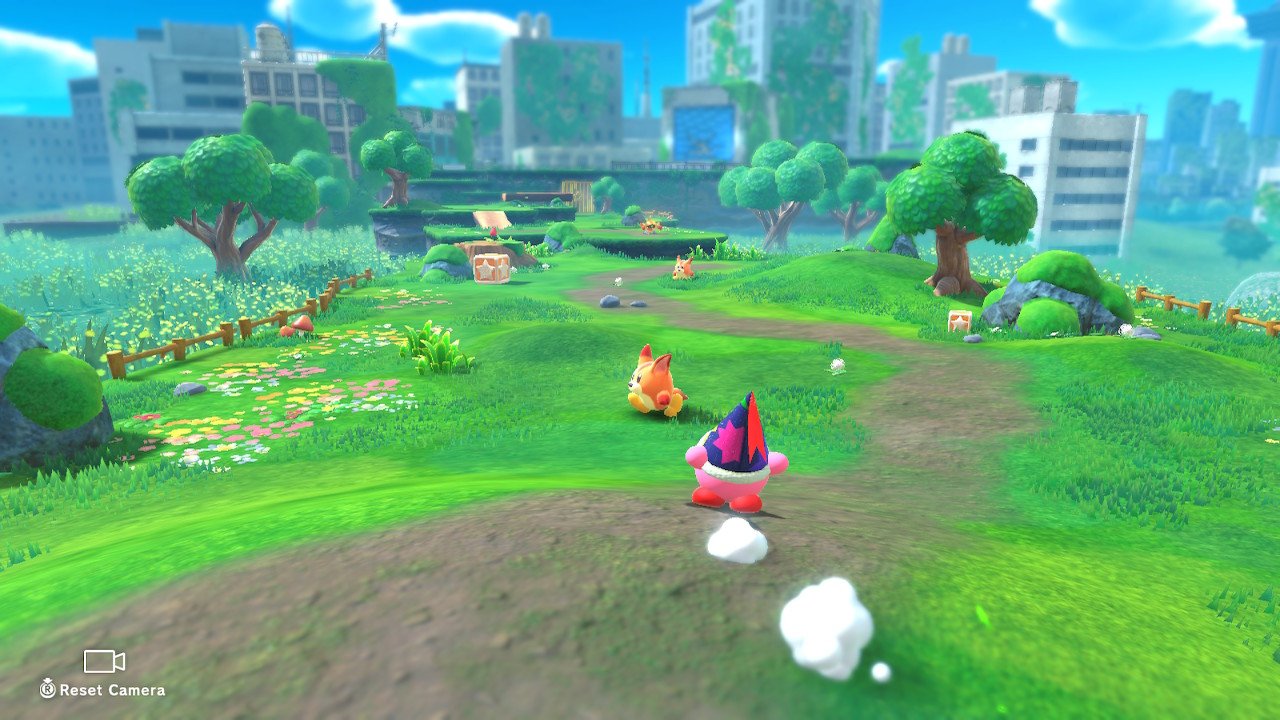

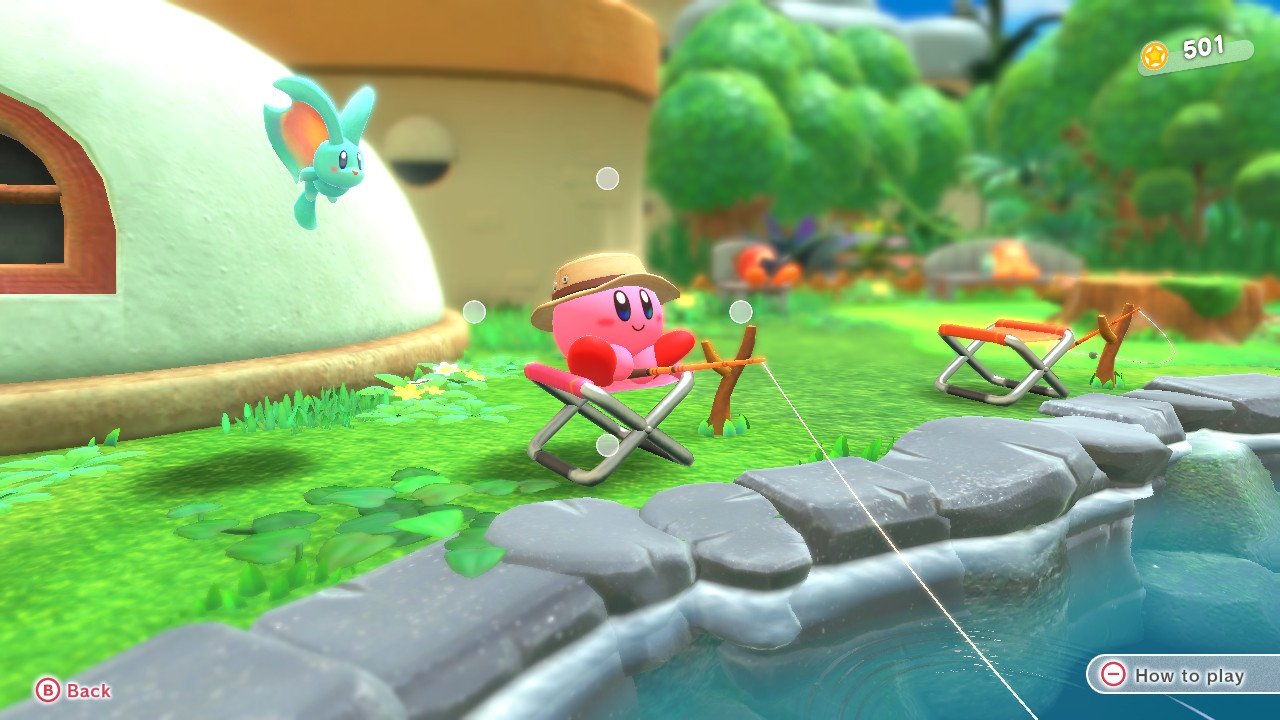

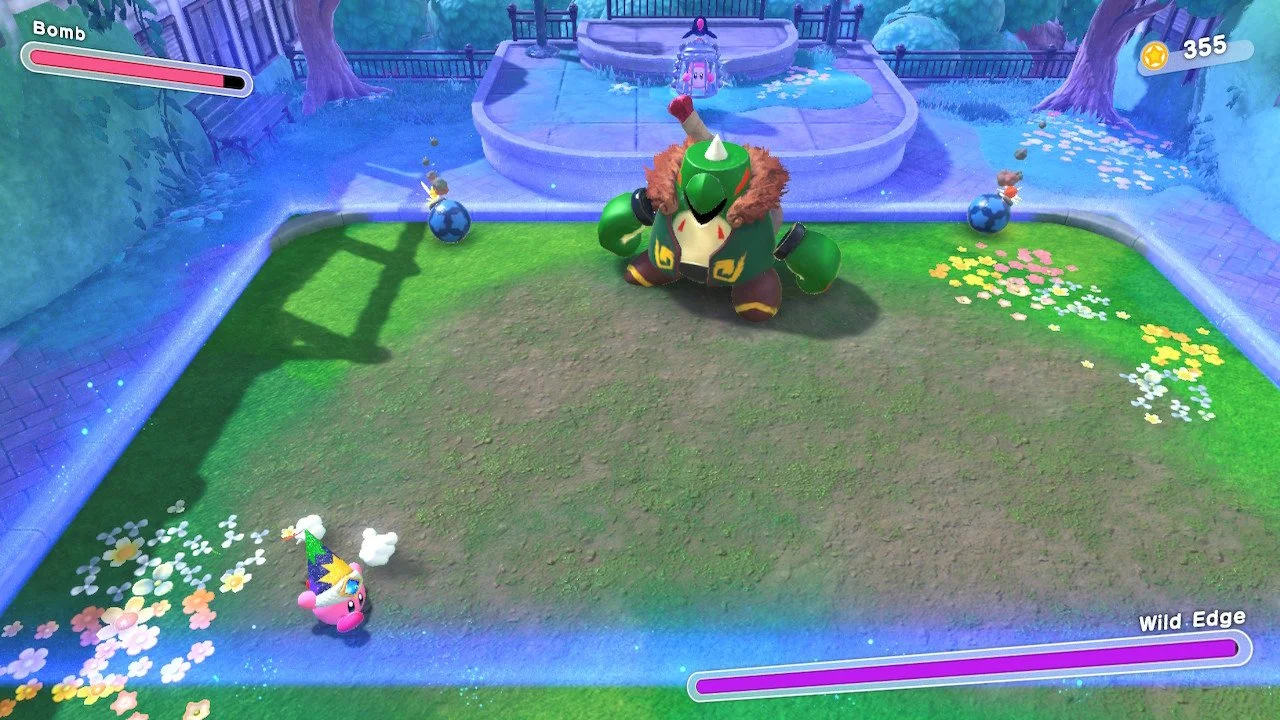
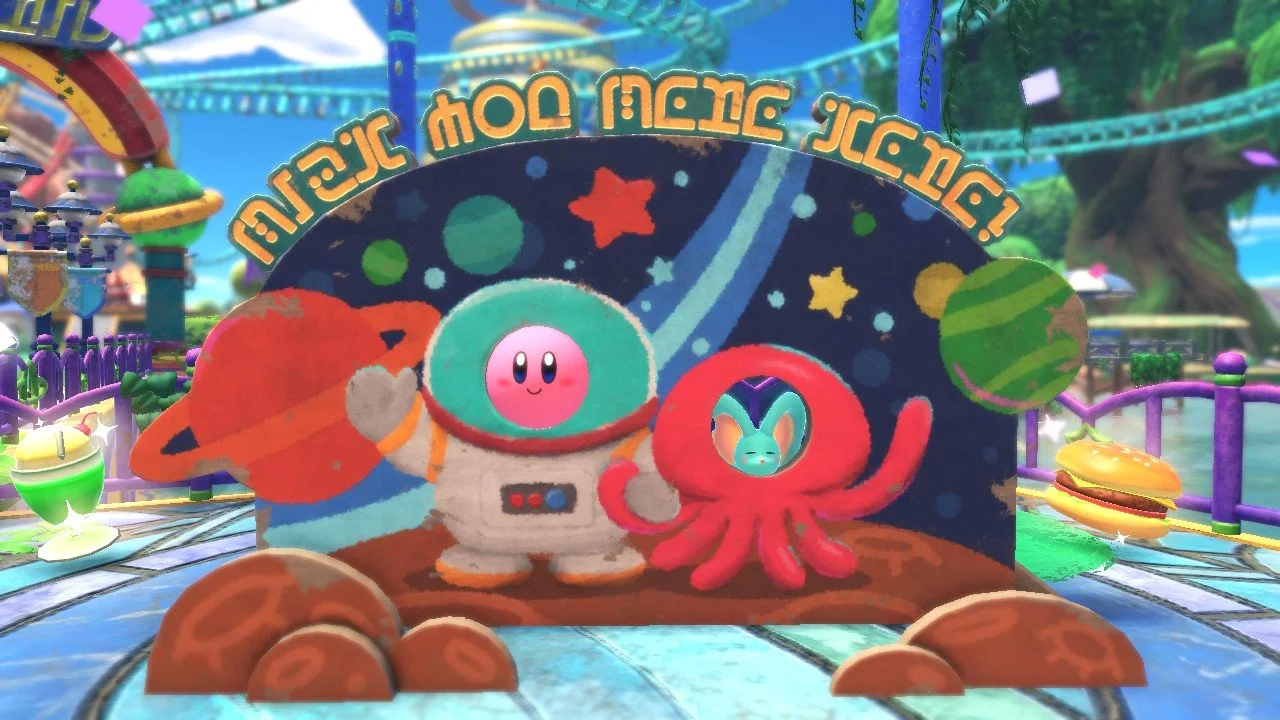
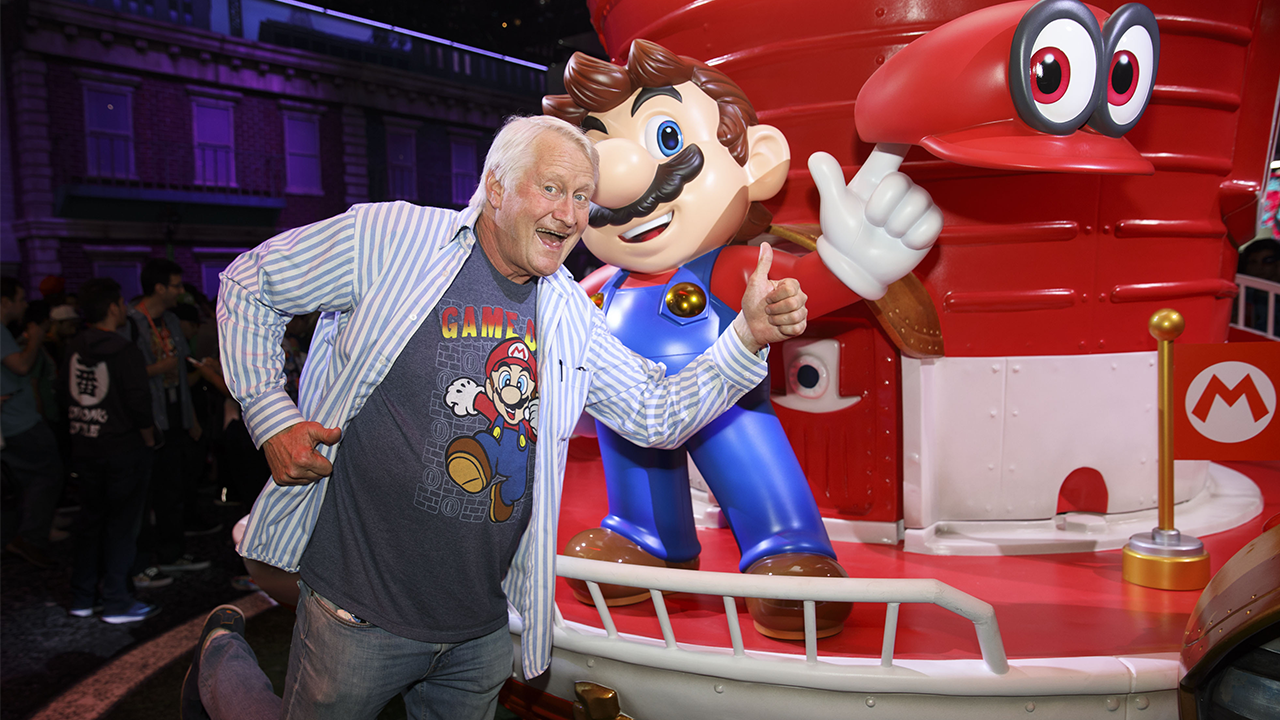

Metroid Prime Remastered hits Nintendo Switch in a surprisingly impressive fashion, creating a definitive way to relive one of Samus Aran’s greatest adventures.